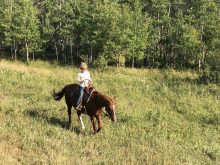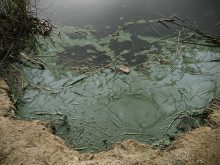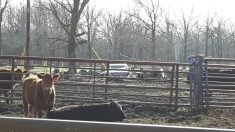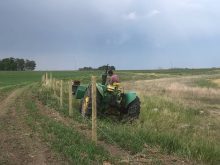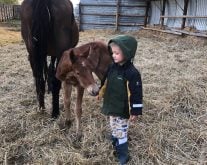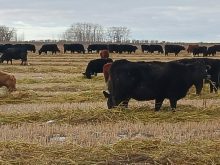This fall, we decided to let our two yearling bulls out of the corral for winter and have them eat down some willows.
Last winter, we created a new little pasture by clearing out the trees and willow bushes, then piling and burning them in hopes of growing more grass. We grazed that new pasture twice this summer with our yearling heifers, and it served as one more paddock in our rotation system.
However, the willows have been coming back in again prolifically, sending up shoots all over the pasture. The heifers ate them back a little since they like to browse on the leaves, but at the rate the new shoots are regrowing, we fear we’ll lose all the cleared ground we’d gained.
Read Also
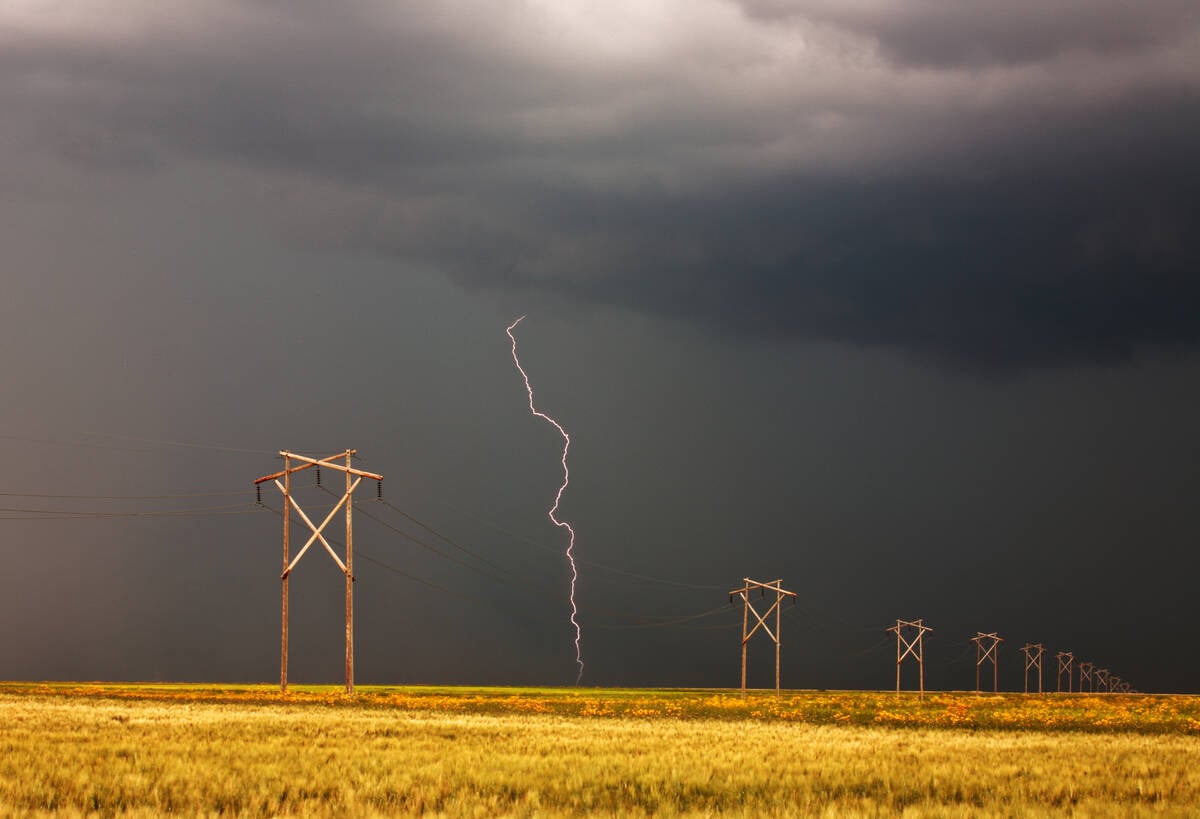
Lightning gives and takes in Prairie fields
Lightning in fields can be a source of nitrogen but at times can result in crop damage which, at a glance, resembles a very localized disease outbreak, plant pathologist Ieuan Evans writes.
We didn’t want to use spray, and hoped to set these bushes back naturally with the cattle’s browsing activity. Since our bull corrals have no brush or weeds because of the constant nibbling activity (animals in corrals being fed hay always like to eat something else in addition), we thought we’d winter the yearling bulls in the new little pasture and let them work on the willows, then take them out again in early spring before the grass starts to grow.
They still need hay for winter feed, so we had to figure out some kind of feeder to keep them from wasting hay fed on the ground. Since hay feeders/mangers/bunks are expensive, anywhere from several hundred dollars to more than $1,000, we decided to build one ourselves with materials at hand. We could situate it in the fence corner next to the lane, where we could easily add hay through the fence, and brace it solidly in the corner so the bulls couldn’t move it around and damage it.
My daughter Andrea and I scrounged materials from our “salvage pile” and created the feeder in a couple of hours. At first we thought we’d build it from some old boards but then realized it would be quicker and easier to utilize an old leaky aluminum water trough that hadn’t been usable for 25 years. It would be perfect for the job, since any rain or snow melt could leak out instead of pooling around the hay. To reinforce and secure it so the bulls couldn’t damage it, we situated it tightly in the fence corner against the braces, and placed an old board under the edge of the trough to keep it from being flat on the ground.
The old fence removed last winter when the new pasture was created had been a couple of feet off the new fence line, so there was an old post hole conveniently located near the end of the water trough. I cleaned out the old hole (reaching in to remove the caved-in dirt) and made it deep enough again to put in a salvaged post. After tamping it solidly, and using several old boards to brace it, the makeshift post was very secure.
Thus we could use that post to secure a pole placed tightly against the top of the water trough to reinforce it so the bulls couldn’t mash it down when leaning into the trough to eat their hay. We secured the other end of the pole to the fence brace in the opposite corner.
We also put a pole along the bottom of the water trough to make sure it wasn’t damaged and caved in by the bulls’ feet. We used a tall board to brace it and keep it from moving out from the trough. Everything was securely screwed together. It helped having a battery-powered drill for putting in all the screws! Our inexpensive feed manger was created quickly and easily, using materials salvaged from fence remodels in the past.
Now the young bulls are happily eating willows and dormant grass in that pasture, with plenty of room for exercise, and enjoying a little hay from their “new” feeder to balance their diet. If we can use this as a winter pasture or young bulls every year, we may eventually win the war on willows.



